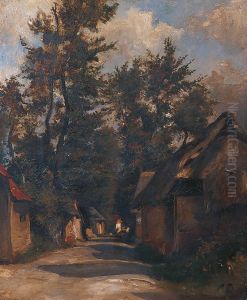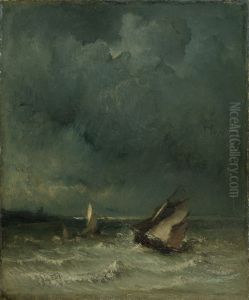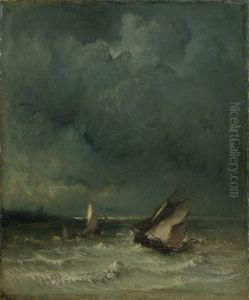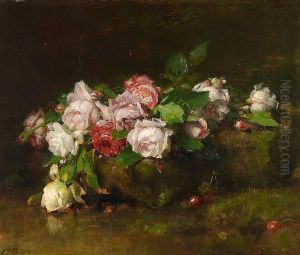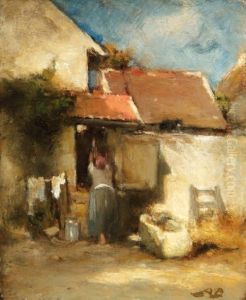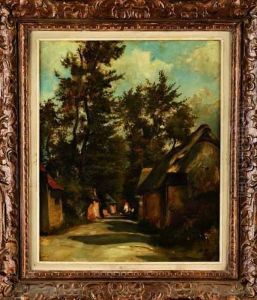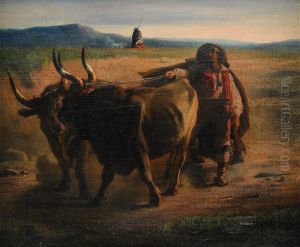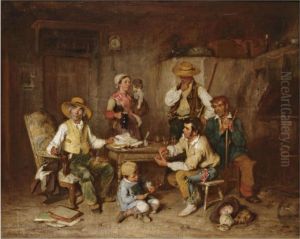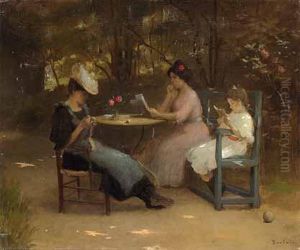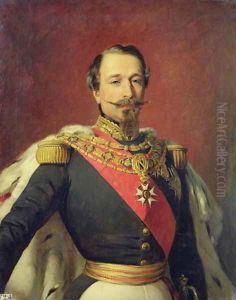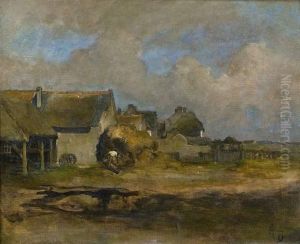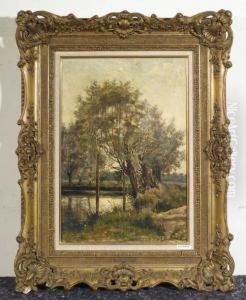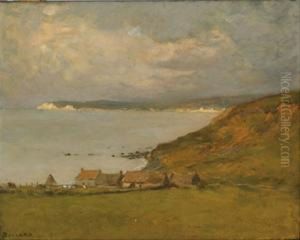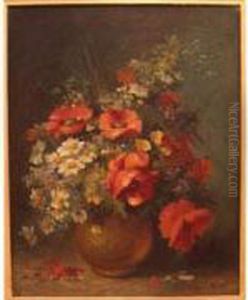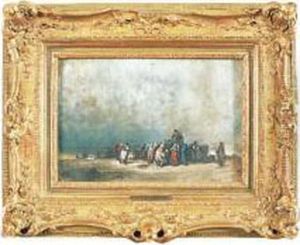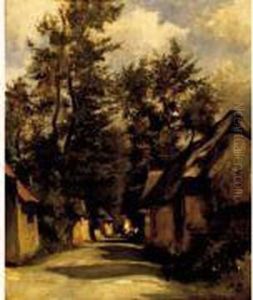Auguste Boulard Paintings
Auguste Boulard was a 19th-century French painter known for his landscapes, still lifes, and genre scenes. Born in 1825 in Paris, France, Boulard was active during a vibrant time in the history of art, as the traditional neoclassical styles were giving way to the Romantic movement and later the Impressionists.
Boulard studied under various prominent artists of the time and developed a style that incorporated elements of Romanticism with a strong inclination towards realism and attention to detail. His paintings often depicted the French countryside, capturing the changing effects of light and atmosphere, a subject that would later be explored more radically by the Impressionists.
Throughout his career, Boulard exhibited his work at the Paris Salon, the official art exhibition of the Académie des Beaux-Arts in Paris. His works were generally well-received, and he gained a respectable following among art collectors and enthusiasts of the day. Despite the competition from the burgeoning Impressionist movement, Boulard managed to maintain a traditional approach while still infusing his work with a sense of immediacy and naturalism.
Boulard's death in 1897 marked the end of a career that had spanned a significant period of transition in French art. While he did not achieve the same level of fame as some of his contemporaries, his work nonetheless provides a valuable insight into the artistic trends and cultural milieu of his time. Today, his paintings can be found in various art collections and museums, and they continue to be studied for their contribution to the landscape and genre painting of the 19th century.
